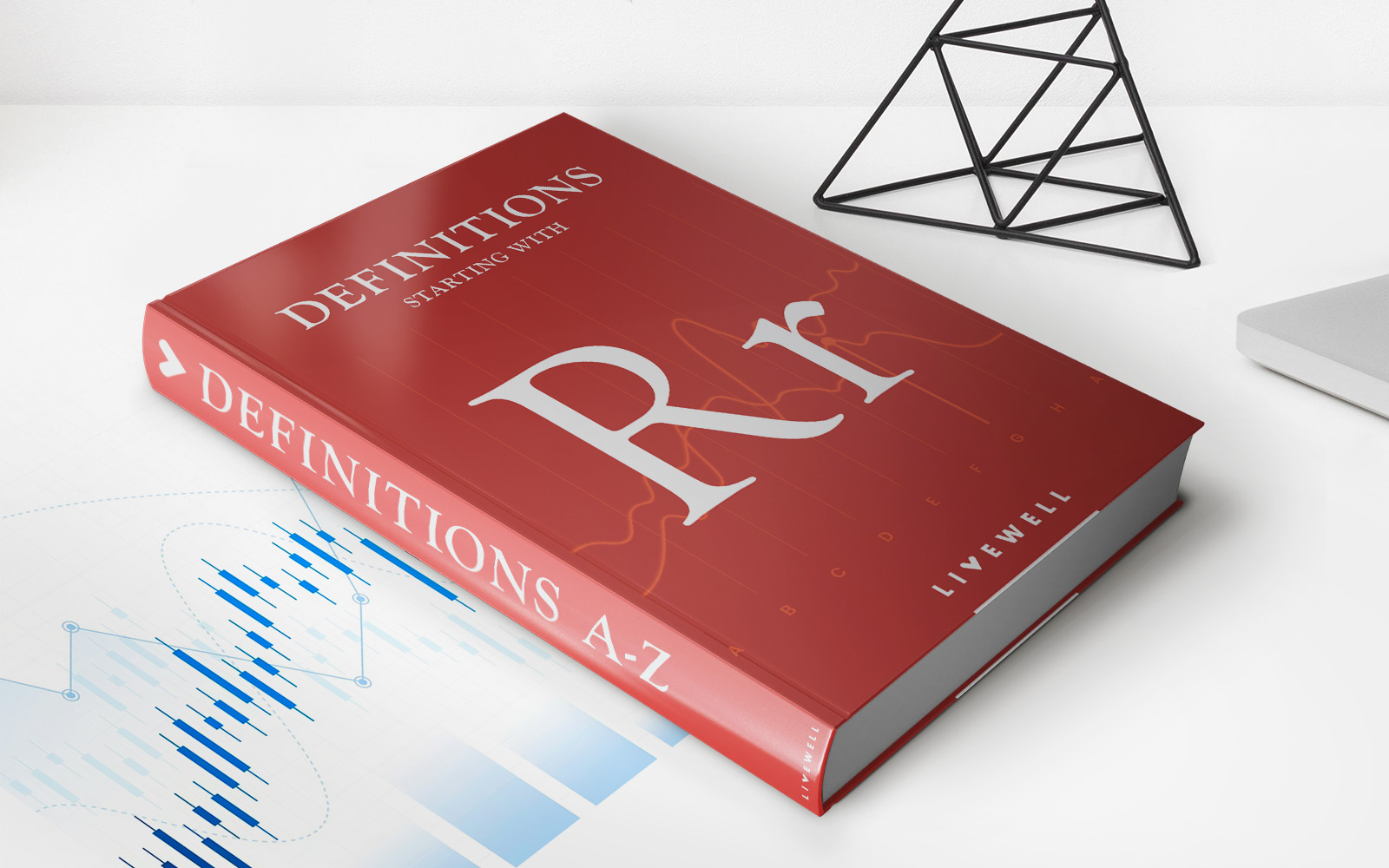Home>Finance>Assessed Value: Definition, How It’s Calculated, And Example


Finance
Assessed Value: Definition, How It’s Calculated, And Example
Published: October 8, 2023
Learn the definition of assessed value in finance, how it's calculated, and see an example. Understanding assessed value is essential for financial planning.
(Many of the links in this article redirect to a specific reviewed product. Your purchase of these products through affiliate links helps to generate commission for LiveWell, at no extra cost. Learn more)
Assessed Value: Definition, How It’s Calculated, and Example
When it comes to personal finances, understanding key terms and concepts is crucial for making informed decisions. One such term that often comes up in discussions about property taxes and real estate is “assessed value.” But what exactly does it mean, and how is it calculated? In this blog post, we’ll take a deep dive into the concept of assessed value and provide you with a clear understanding of its relevance and importance in the realm of finance.
Key Takeaways
- Assessed value is the estimated value of a property for taxation purposes, determined by local government authorities.
- It is usually lower than the market value of the property and serves as the basis for calculating property taxes.
What is Assessed Value?
Assessed value refers to the estimated worth of a property determined by local government authorities for the purpose of levying property taxes. It plays a vital role in determining your tax obligations and can have a significant impact on your overall financial planning. The assessed value is usually lower than the market value of the property since it serves as a fair and standardized basis for tax assessment.
How is Assessed Value Calculated?
The process of calculating the assessed value can vary slightly depending on the jurisdiction, but there are generally three main methods used:
- Market Comparison Method: This approach involves analyzing recent sales of comparable properties in the same area. The local authorities review factors such as location, size, condition, and other relevant market data to determine the assessed value.
- Cost Approach Method: In this method, the assessed value is calculated based on the cost it would take to replace the property if it were destroyed. Factors such as land value, construction costs, and depreciation are taken into account to arrive at an estimation.
- Income Approach Method: Typically used for commercial properties, this method determines the assessed value based on the income the property could generate. Factors such as rental income, expenses, and capitalization rates are analyzed to arrive at the final assessed value.
It’s important to note that these methods may differ from one jurisdiction to another, so it’s crucial to familiarize yourself with the specific assessment practices in your area.
An Example of Assessing Property Value
Let’s consider a hypothetical example to illustrate how assessed value works:
- Market Value of Property: $500,000
- Assessment Ratio: 80%
- Assessed Value Calculation: $500,000 x 0.80 = $400,000
In this example, the local government authorities have determined that the assessed value of the property is $400,000, which is 80% of its market value. This assessed value will then be used to calculate the property taxes owed by the owner.
Conclusion
Understanding assessed value is essential for anyone who owns or plans to own property. By grasping the concept and knowing how it is calculated, you can better plan for property taxes and make informed decisions regarding your financial situation. Remember that assessed value serves as the basis for taxation purposes and can differ from the market value. Therefore, take the time to familiarize yourself with your local assessment practices to ensure you are well-prepared and financially equipped to handle your property tax obligations.














